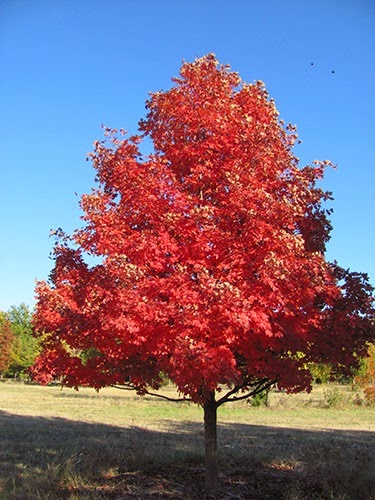Effects of Warm Temperatures on Wheat
Since late January, the majority of Kansas has experienced warmer-than-average air temperatures for this time of the year. Even though it did cool down the first part of February, we still have experienced warmer averages than usual. So you may be wondering if these “warmer-than-average” temperatures are an area of concern for the wheat crop.
How warm have soil temperatures been? “The physiology of wheat vernalization and cold hardiness suggests that soil temperatures at the crown level rather than air temperatures should be the primary driver leading to increased or decreased cold hardiness during the winter,” explains Dr. Romulo Lollato, K-State Research and Extension Wheat and Forage specialist. “Soil temperatures will be influenced by the amount of residue on the soil surface, as well as soil moisture. Soils with a thick residue layer on the surface often have lower temperatures than bare soils, as the residue blocks direct exposure to sunlight and reduces soil evaporation, generally conserving more moisture. Moist soils require more energy to cause any change in temperature than dry soils; thus, any increase or decrease in temperature occurs more slowly than in dry soils. As a result, moist soils with heavy residue will heat more slowly than dry bare soils.”
Soil temperatures at the 2-inch depth averaged about 37 degrees F. in the Post Rock District at the stations in Jewell, Mitchell and Osborne counties. The threshold for winter wheat to start losing cold hardiness is about 48-50 degrees F. Although average soil temperatures did not seem to come close to this threshold for winter wheat to start losing cold hardiness, air temperatures have been anywhere from the mid 40’s to in the 70’s.
The southern part of the state however, is experiencing warmer soil temperatures that may put the wheat in a higher potential risk for injury.
According to Lollato, winter hardiness or cold tolerance is a physiological process triggered by gradually cooling temperatures in the fall. During the process of cold acclimation, there is a reduction in moisture content in the cells of the crown, which slows growth processes and the accumulation of soluble carbohydrates, all of which protect the cell membranes from freeze damage. The process of cold acclimation within a wheat seedling begins when soil temperatures at crown depth fall below about 50 degrees F. Below this threshold, there is an inverse relationship of cold acclimation as affected by crown temperatures; in other words, wheat plants will acclimate twice as fast when crown temperatures are 32°F as compared to 40°F. Photoperiod also plays a role in the process of cold hardening, with shorter days and longer nights helping initiate the process. Winter survival depends on the crown remaining alive, and the substances that produce cold acclimation are most needed within the crown.
It takes about 4 to 6 weeks of soil temperatures below 50 degrees at the depth of the crown for winter wheat to fully cold harden. The colder the soil at the depth of the crown, the more quickly the plants will develop winter hardiness.
“Cold hardiness is not a static state,” states Lollato. After the cold hardening process begins in the fall, wheat plants can rapidly “unharden” when soil temperatures at the depth of the crown get above 50 degrees. But the plants will re-harden as crown temperatures cool below 50 degrees again. By the time winter begins, winter wheat will normally have reached its maximum level of cold hardiness. Wheat in Kansas normally has its maximum level of winter hardiness from mid-December to mid-January, unless there are high temperatures during that period.
“Once winter wheat has reached the level of full cold hardiness, it will remain cold hardy as long as crown temperatures remain below about 32 degrees – assuming the plants had a good supply of energy going into the winter,” says Lollato. If soil temperatures at the crown depth rise to 50 degrees or more for a prolonged period, there will be a gradual loss of cold hardiness, even in the middle of winter. The warmer the crown temperature during the winter, the more quickly the plants will start losing their maximum level of cold hardiness. Winter wheat can re-harden during the winter if it loses its full level of winter hardiness, but will not regain its maximum level of winter hardiness.
If temperatures should decrease to the low forties, this would be beneficial to the crop and could possibly help hold crop development back. Thus, in the regions where soil temperatures have been warmest, the crop may be less tolerant to low temperatures for the remainder of this winter, becoming more susceptible to freeze injury if temperatures decrease to single digits in the near future. So you might be wondering about a possible early spring greenup, however, it is very unlikely that even varieties characterized by short vernalization requirements will go into spring greenup at this time.
If you have further questions with wheat production, contact me at any Post Rock Extension District Offices in Beloit, Lincoln, Mankato, Osborne or Smith Center.










